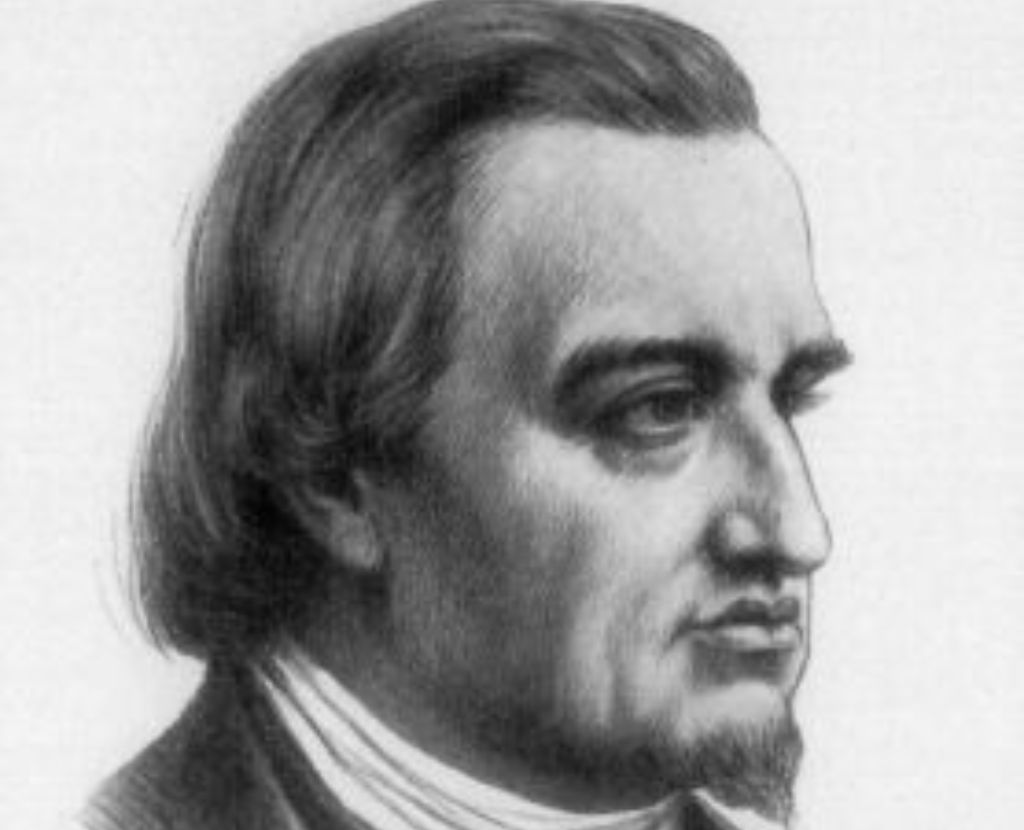
Today, the Rothschild family are famous for being one of the world’s richest families. Yet, the actual Rothschild family net worth is shrouded in secrecy, with this arguably being how the family became (and has remained) so successful!
Due to this, many have attempted to determine the Rothschild family net worth, with estimates differing by hundreds of billions of dollars.
So this got me thinking, how rich are the modern-day Rothschilds anyway?
Who Are The Rothschilds?
But before we can truly look at what the Rothschild family net worth is today, we first need to know who the family are (and exactly why they’re so famous!)
Origins in Frankfurt
The first known member of today’s Rothschild family is Izaak Elchanan Rothschild, who died in 1585. Having been barred from living in most other European countries, Izaak moved to the Frankfurter Judengasse (Frankfurt’s Jewish ghetto).
Here, Izaak would hang a red sign outside his house (as houses in the ghetto didn’t use numbers like we use today), with the family taking the name “Rothschild” from the German zum rothen Schild (English: at the red shield).
As with most other Jewish families in the Frankfurter Judengasse, the Rothschilds were heavily involved in finances, due to the Christian church outlawing practices like lending money with interest, as non-Christians, Jews didn’t have to listen to these edicts…
Whilst fairly rich by contemporary standards, the family’s rise to power would be instigated by Mayer Amschel Rothschild, who was born in 1744.
Originally learning how to become a successful banker with the Oppenheimers in Hanover, following the death of his parents when he was eight, Mayer would return to Frankfurt in 1763, where he’d soon become a patron of Prince Wilhelm IX of Hesse.
Seeing Rothschild’s skill as a banker, Wilhelm would make Rothschild his court Jew (German: Hoffaktor), which allowed Rothschild to become richer than he’d have ever imagined, whilst also becoming well known to the rest of the European nobility.
“Five Arrows”
By the late 1790’s and early 1800’s, all of Mayer’s five sons were adults by Jewish law. As such, they began to learn how to become successful bankers like their father had been.
On his death-bed in 1812, Mayer revealed to his five sons that he wanted them to go to the five financial capitals of Europe: Frankfurt; Vienna; London; Naples and Paris, where they were to establish themselves as the most prominent banker in that country.
In turn, this would form the “five arrows” of the family, with all five brothers founding their own bank, which would all work in tandem to finance all of Europe’s wars, thus giving the family both immense wealth and power…
To that end, Mayer’s oldest son, Amschel Mayer, would stay in Frankfurt, living and working out of the same house his family had lived in for centuries.
Mayer’s second oldest, Salomon, would go to the Austrian capital of Vienna, where he’d establish S M Rothschild in 1820, where he’d finance much of the Austrian empire’s expansion as well as its early railroad infrastructure.
Third oldest, Nathan, would move to London, where he’d establish N M Rothschild. This branch would soon become the largest, with Nathan acting as the quasi-head of the family (despite his brother, Amschel, being the actual head of the family).
Mayer’s fourth son, Calmann, would move to Naples, where he’d quickly establish C M de Rothschild & Figli. As with his brothers, Calmann (or Carl as he was known) would make friends with kings, emperors and dukes, all of whom turned to him for money in the times of need.
The youngest son, James, would be sent to Paris, where he’d establish the de Rothschild Frères bank. Following Nathan’s death in 1836, James would take his place as the quasi-head of the family (despite Amschel still being alive at the time!)
Success of Nathan Mayer Rothschild
Although all five brothers achieved wealth beyond their wildest dreams (with all five brothers being the five richest people of their time), by far the wealthiest was Mayer’s third son, Nathan Mayer Rothschild.
In 1798, a 21 year old Nathan Mayer Rothschild would leave Frankfurt for the British industrial city of Manchester. Here, Nathan would establish a profitable textiles business, before moving to London to begin his bank.
To begin with, Nathan would trade gold bullion, bills of exchange and government-backed securities. However, the bulk of Nathan’s money would be made during the War of the Seventh Coalition, during the Napoleonic Wars.
You see, fighting Napoleon required gold coin to pay General Wellington’s soldiers with, gold coin that the British government simply didn’t have. As the richest man in Britain, Nathan stepped in to pay Wellington’s soldiers on behalf of the government.
This made Nathan several allies, both in Wellington’s army and in Westminster.
In 1815, Wellington’s forces faced off against Napoleon’s troops at the Battle of Waterloo. With the fate of Europe hanging in the balance, stocks on the London Stock Exchange began to crash, as investors nervously sold off their shares.
Although Wellington won the battle, news traveled slowly. Indeed, Nathan knew before Westminster did, allowing him to flood the market with his own stocks and bonds, which in turn caused the remaining investors to sell their shares too.
Then, at the last minute, Nathan and his agents went to the LSE and bought up as many stocks as they could buy. When the government announced victory, the price of these shares skyrocketed, netting Nathan billions in today’s money in the process!
By the time of his death in 1836, Nathan Mayer Rothschild had a personal net worth equivalent to 0.62% of the British national income at the time (worth around $250 billion in today’s money!) thus making him one of the richest businessmen ever.
Expanding Interests
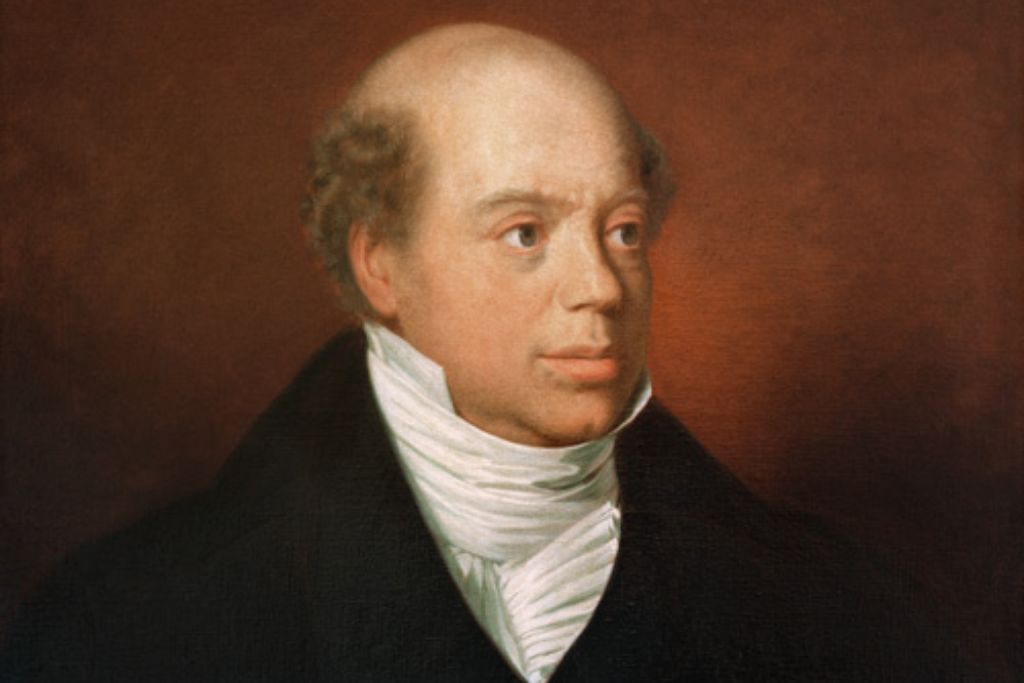
Although the family initially made their money as bankers, they were quick to realize that in order to survive, they needed to expand out of banking and into other industries, whilst maintaining their hold on the banking industry.
The first member of the family to realize this was the aforementioned Nathan Mayer Rothschild, who, in 1824 established the Alliance Assurance insurance company, today a part of RSA Insurance Group.
At the same time, the Rothschilds would expand their banking operations monumentally, making the French Rothschilds an indispensable part of King Louis-Philippe’s court, and the English Rothschild the most powerful family in Britain!
Primarily, the family would use their vast wealth to acquire several mining corporations. At its height, the Rothschilds controlled or held large stakes stakes in almost every major mining company in the world, and had lent money to those it didn’t.
Between all the branches of the family, they had control over the likes of Rio Tinto, Chemin Fer du Nord, Imerys and Eramet. Nathaniel Rothschild (grandson of Nathan Mayer) would fund Cecil Rhodes to establish what’s now De Beers too!
On top of this, the French branch of the family would also get involved in winemaking, acquiring several wineries that soon became staples of any high-end restaurant.
Many Rothschilds would also become interested in politics, especially in Britain. In 1869, Nathan’s son, Lionel became the first practicing Jew to sit in the House of Commons, with Lionel’s son, Nathaniel, becoming the first Jew to sit in the House of Lords in 1885.
Decline
As a part of Mayer Amschel Rothschild’s will, he dictated that his descendants number one priority was to keep the money in the family.
To that end, he arranged numerous marriages between first and second cousins, often having branches heavily related to each other on both sides of their family.
Although it seems weird today, this was a common practice at the time, not merely among wealthy bankers, but also European nobility. However, centuries of inbreeding did more than just keep the money in the family.
Indeed, one of the side effects is infertility and other genetic defects. The former of these would plague both the Naples and Frankfurt branches of the family, with both of them being plagued with only girls, rather than boys who could carry on the business.
Whilst third and fourth sons of the other branches of the family stepped in to take over the business, war would soon see the family begin to decline. The Frankfurt branch would even be forced to close down due to no one taking it over…
During the Wars of Italian Unification, the Rothschilds backed the Bourbon King of the Two Sicilies, rather the forces of Giuseppe Garibaldi. As such, when modern-day Italy was formed, the Rothschild bank was similarly forced to close down.
Decades later, in 1938, the Nazi German army would take over Austria during the Anschluss. Here, as Jews, the family lost control of the bank, with the Nazi government selling ownership of the firm to a German-owned bank in Munich.
In 1981, French Socialist Party candidate, François Mitterrand, was elected President of France. Upon assuming the presidency, Mitterrand would nationalize the French Rothschilds’ bank, and block them from obtaining a new banking license.
Resurgence
In 1986, political strife inside the Socialist Party saw their power weaken. With this, the French Rothschilds were finally able to apply successfully for another banking license, even if they couldn’t get their bank back.
Thanks to this, then-head of the French Rothschilds, David René de Rothschild, alongside his half-brother Edouard, step-brother Count Philippe de Nicolay, and cousin Eric de Rothschild, established a successor to the de Rothschild Frères banks of old.
This new company, Rothschild et Compagnie (Rothschild and Company), would start as a small three-man operation. Over time, the bank would use its connections to the old French Rothschild bank to become far larger than de Rothschild Frères had ever been.
At the same time, head of the British Rothschilds, Sir Evelyn de Rothschild, was knighted by Queen Elizabeth II thanks to him serving as her personal financial advisor, a role he still continues today, almost 40 years later!
In 2003, Sir Evelyn de Rothschild would retire from his position as head of N M Rothschild & Sons, electing David René de Rothschild to serve as his successor, essentially merging the British and French branches into one.
To reflect this, Rothschild et Compagnie was merged into N M Rothschild & Sons. in 2003, before rebranding as Rothschild & Co. (an English translation of the French bank’s name prior to the merger) in 2011.
Philanthropy
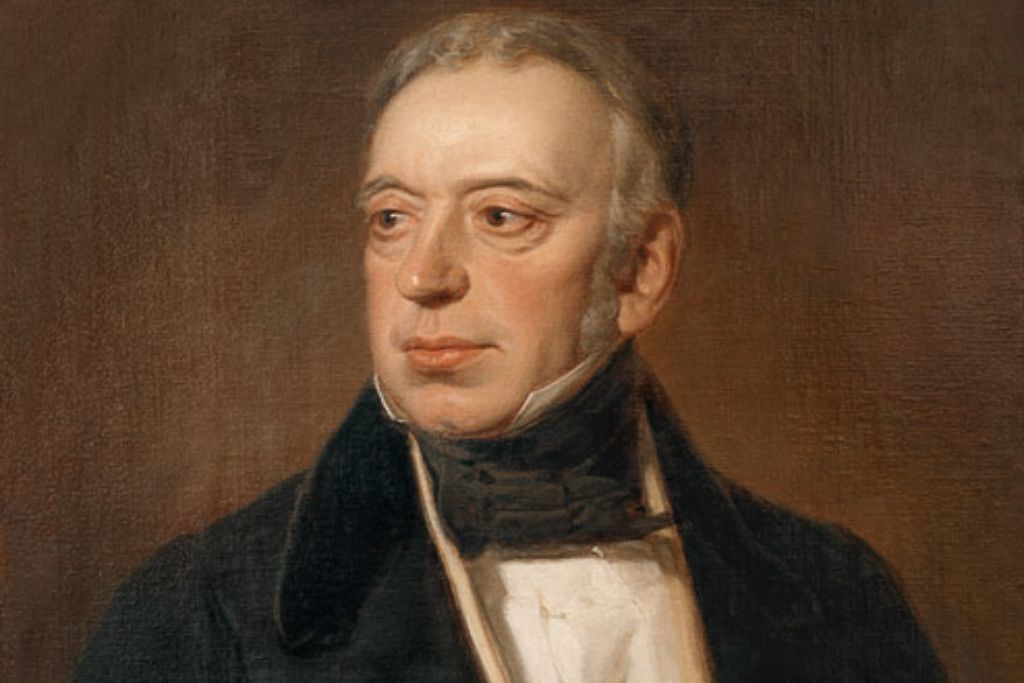
Due in part to their great wealth, the family has become quite active in the world of philanthropy. Whilst nowhere near the levels of people like Bill Gates, Warren Buffett or Mohnish Pabrai, the family has donated billions to good causes over the last few decades!
For the most part, this has been done anonymously, with people only finding out after the family has released it to the press many years after the fact. Primarily, the Rothschilds’ philanthropy has been through the donation of their many stately homes and palaces.
In the mid-19th century, the richest members of each branch began to construct large palaces to show off their immense wealth. As some of the richest people in the world at the time, the Rothschilds could afford the monumental upkeep of the estates.
Today, however, the family no longer needs multiple sprawling estates a stone’s throw away from each other. Yet, as some of the largest houses in the world, there aren’t many people who’d have the money to afford buying the palaces.
Instead of letting them sit idle, many of these palaces have been donated to charities, turned into public museums, or turned into national parks (as is the case with Buckinghamshire’s Waddesdon Manor, which is owned by the National Trust!)
On top of this, mostly due to the Rothschilds once owning the largest art collection in history, Hannah Mary Rothschild (a member of the former British branch of the family) was appointed as Chair of the Board of London’s Nation Gallery, in 2014.
Rothschild Family Net Worth Today
From our calculations, we estimate the Rothschild family net worth at around $350 billion.
Yet, if you were to look at the Forbes rich list, you won’t find a single Rothschild on it. Ironically, the richest person with the last name “Rothschild” (Jeffrey J. Rothschild) isn’t even a member of the famed banking family, but was actually an early investor in Facebook!
Indeed, as far as the Forbes rich list is concerned, the richest single Rothschild of recent years is Baron Benjamin de Rothschild, who had a net worth of $1.1 billion when he died in January 2021.
So you’re probably wondering, how can a family who’s richest member is worth only $1.1 billion, be worth over $350 billion. And there are actually two answers.
The first is descendants. You see, the Rothschilds made the bulk of their money centuries ago, with this money being split between hundreds of descendants over the last 200 years, splitting a large fortune several hundred ways, thus keeping any one member off the Forbes rich list!
The second is secrecy.
Whilst most other old money families have since lost their wealth, the Rothschilds have managed to keep theirs through savvy business practices, which have protected them through some of the most turbulent times in history.
As such, hundreds of conspiracy theories have centered around the Rothschilds.
In an attempt to hide their actual wealth from these conspiracy theorists, the family has hidden the bulk of their wealth through a myriad of shell companies in almost every country in the world!
Where Does This Wealth Come From?
Now we’ve established the Rothschild family net worth at $350 billion, we should probably look at where this wealth comes from too…
Rothschild Group
Since 2003, N M Rothschild and Rothschild et Cie have been under the control of a joint Anglo-French Rothschild family, operating as Rothschild & Co since 2011.
Under joint control, the company has been headquartered in Paris (whilst maintaining the company’s long-standing New Court offices in London), with the company having been expanded greatly over the last few years.
Indeed, whilst the financial services industry lost trillions of dollars during the Great Recession of 2008, the Rothschild Group not only didn’t lose money, but actually made billions for themselves and their clients!
Although it was really down to a number of reasons, this was mostly down to the Rothschilds’ extremely conservative business practices, which has seen them invest in individual businesses over stocks like other banks.
This not only saved their clients’ money, but also increased the Rothschild family net worth monumentally too…
To begin with, the entire company was owned by different Rothschild members (as well as different Rothschild-owned companies). However, the company was recently floated on the stock market, with the Rothschilds controlling the majority of the shares.
As with seemingly everything else with the Rothschilds, this too is a closely held secret, with some estimates claiming that the combined Rothschild ownership is as much as 80%, whilst others claim it’s as little as 70%.
RIT Capital Partners
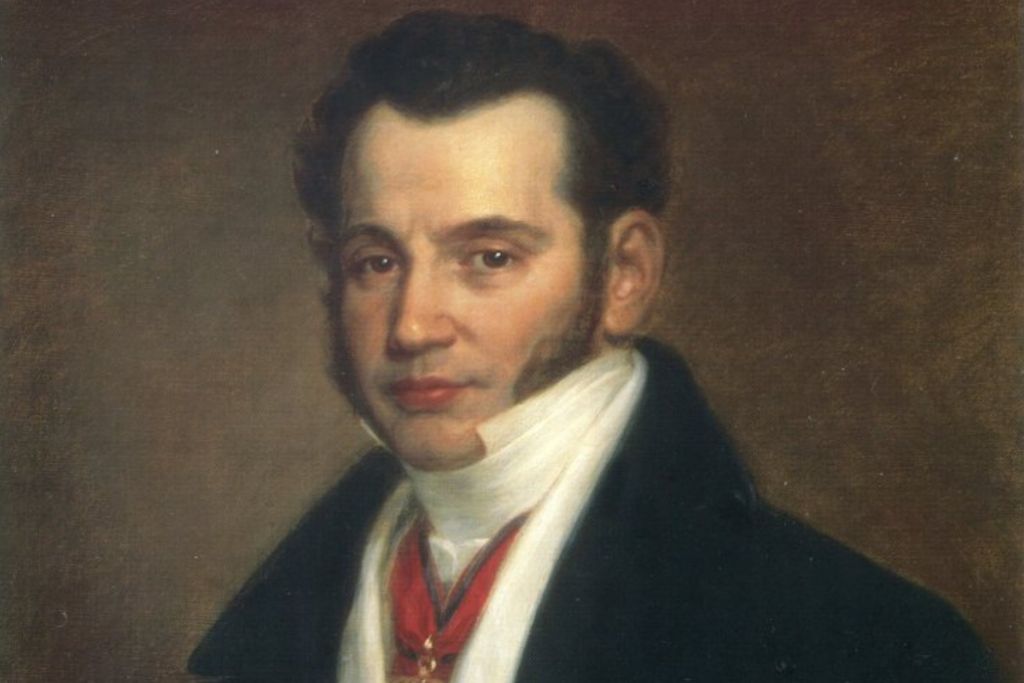
In 1961, senior member of the British branch of the family, Baron Jacob Rothschild, 4th Baron Rothschild, established a wealth trust for the family, which was supposed to be independent from the rest of their banking enterprises.
This trust, originally known as the Rothschild Investment Trust is now known as RIT Capital Partners, after a split between Lord Rothschild and Sir Evelyn de Rothschild caused the former to stop using the Rothschild name for the trust.
Although the company is meant to grow the Rothschilds’ already considerable wealth through savvy investing (both in other Rothschild-controlled businesses and in commodities like gold and silver), the company has acquired several of the Rothschild Group’s main competitors.
With that being said, the company have divested itself of its banking operations on several occasions, in exchange for a large influx of cash.
In 2012, RIT Capital Partners also acquired a 37% stake in a wealth management company owned by the Rockefeller family, thus making the bonds between the two old money families even stronger than they already were!
Much like the rest of the Rothschilds’ businesses, the exact amount of money under RIT’s management isn’t particular well-known. Once again, sources conflict, with some saying as little as $10 billion, whilst others say as much as $100 billion!
Edmond de Rothschild Group
In 1953, a member of the French Rothschilds living in Switzerland, Baron Edmond Adolphe de Rothschild, chose to leave his family’s de Rothschild Frères bank and establish his own investment bank in Geneva.
This company, which he called LCF Rothschild was originally meant to be solely an investment bank. However, the bank soon proved to be quite successful, with Edmond opening up a private bank division of the company in 1965.
Owing to it no longer just being an investment bank, Edmond would form a holdings company, to own both the private and investment banking divisions of the company, officially forming the Edmond de Rothschild Group.
Under his leadership, the Edmond de Rothschild Group would go from a single office in Geneva, to having numerous offices around the French-speaking parts of Europe, and striking deals internationally!
Whilst initially solely a private bank/asset management company, the company has expanded into yacht racing, farming and luxury hotels, owing to the two barons’ love for high-end hotels and yacht racing.
Baron Edmond would run the company as chairman and CEO from 1953 until his death in 1997. From here, the company would be directed by his son, Benjamin, who’d expand the business greatly before his own death in January 2021.
Since then, the company has been run by his widow, Baroness Ariane de Rothschild, who remains the majority owner of the firm.
Wine
Although the Rothschilds have historically made their fortune as prominent bankers, the mid-19th century saw the family expand into producing fine wines, a business the family is still heavily invested in today!
In 1853, Nathaniel de Rothschild acquired the struggling Château Mouton winery. Using his business savvy, Nathaniel would turn it from a struggling vineyard into one of the most expensive in the world.
Seeing the success of his son-in-law/nephew, then-head of the French Rothschilds, James Mayer Rothschild would acquire the nearby (and much more prestigious) Château Lafite winery from the Lafite family, in 1868.
Despite the family having divested itself of most of older holdings, the Rothschild wineries have become a large part of the family’s holdings, with both wineries having been expanded greatly under Rothschild ownership.
Over the last 175 years, both Château Lafite and Château Mouton Rothschild have gone from having one brand of wine, to several each. Some of these wines are more prestigious than their owners, whilst the majority are less so.
More recently, Baron Benjamin de Rothschild and his wife, Ariane, acquired the Château des Laurets winery in 2003. This brings the number of Rothschild wineries up to three, with all three being some of the most prestigious bottles of wine in the world!
Mining
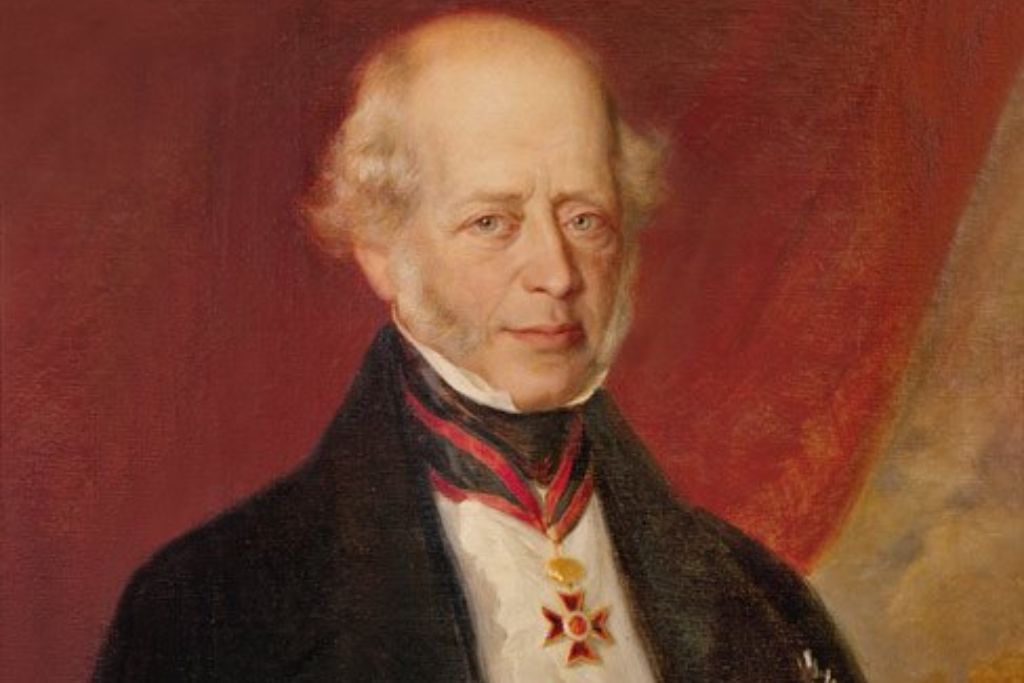
Historically speaking, the Rothschilds have been major owners of European mining companies.
This trend started in 1835, when Nathan Mayer Rothschild acquired the rights to the Almadén mines in the southern Spanish province of Ciudad Real, thus giving the family a virtual monopoly on the European mercury mines.
Building on this, in 1873, the French de Rothschild Frères and the British N M Rothschild & Sons would join forces to acquire the Spanish government’s main mining company, Rio Tinto, which they’d grow into one of the largest mining companies in the world.
That being said, political strife saw both branches of the Rothschild bank reduce most of their holdings in the company in previous decades. In 2020, the family officially divested itself of the company, ending almost 150 years of ownership.
Yet, this hasn’t been the end of Rothschild ownership in the mining industry.
In December 2009, British investment banker Jacob Rothschild, 4th Baron Rothschild invested $200 million in the North Sea Oil Company, which aims to mine petroleum and natural gas reservoirs in the North Sea (just off the east coast of Britain).
The following month, in January 2010, fellow member of the British Rothschild family, Nathaniel Philip Rothschild, acquired a substantial stake in Anglo-Swiss mining conglomerate, Glencore plc.
At the same time, Nathaniel also acquired a large stake in the world’s then-largest aluminum mining company – United Company RUSAL. Today, United Company RUSAL is the second largest aluminum mining company, after the China Hongqiao Group.
Coins And Art
Although these make up only a small fraction of the Rothschild family net worth, the family’s art and coin collections are some of the most famous collections in the world!
Today’s Rothschilds can trace their coin collection back to the family’s founder, Mayer Amschel Rothschild, who was introduced to the concept of coin collecting whilst an apprentice in Hanover.
Upon returning to Frankfurt in 1763, he would add coin dealing to his family’s banking business.
Whilst Mayer wasn’t really a coin collector, many of his grandchildren would follow the trend of the European nobility collecting coins. Due to the family’s size, the family has numerous separate collections, many of which have been sold on over the years.
Despite this, the family still maintains one of the largest private coin collections in the world.
However, it wasn’t just coins that the Rothschilds collected. As many of the richest Rothschilds got older, they put their coin collection to one side and began collecting art instead.
Much like their coin collection, whilst their combined art collection was massive, they were all owned by individual members of each branch.
At its height, the Rothschilds’ art collection was the largest in the world, with each of their palaces and town houses across Europe being decorated with billions of dollars worth of art!
Sadly, much of their art would be confiscated during WWII, after Nazi Germany took control of Paris and Austria, thus taking possession of the Rothschilds’ properties (and thus their art).
Unlike their coin collection, the modern-day Rothschilds have kept the extent of their art collection a closely guarded secret.
What we do know however, is that the combined Rothschild art collection is worth several billions, with them being on display in most of the world’s major art museums and galleries (albeit with them donated anonymously).
What do you think of the Rothschild family net worth? Tell me in the comments!
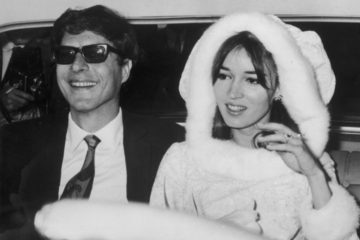
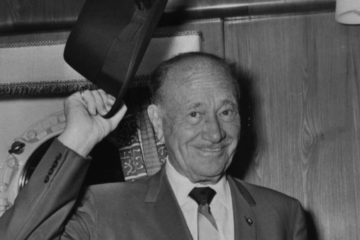

2 Comments
cierra warren · February 18, 2022 at 5:13 pm
Very interesting. I guess we will never know how much they are worth. I dont believe that their riches will ever be exposed. One thing that I do not believe is that they are ONLY worth 350 billion, their assets are so well hidden I cant see it being anything less than 500 billion. A trillion maybe.
Bob · April 22, 2022 at 9:59 pm
“One thing that I do not believe is that they are ONLY worth 350 billion”
Agreed. There’s no way they have less assets than the wealthiest corporation in the world. Blackrock and Vanguard are listed in the trillions. To have less than that would be a threat to their power. Unfortunately, any actually inquiry into this family is blocked
Comments are closed.